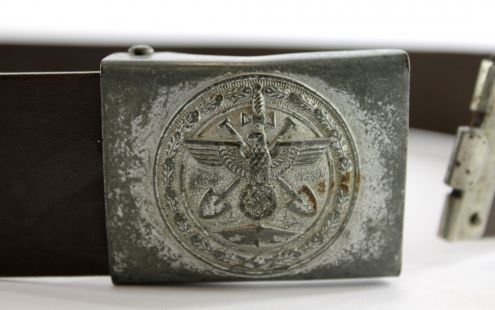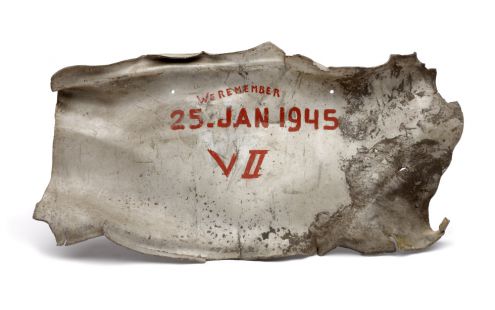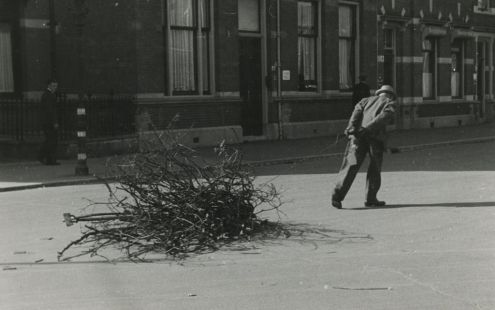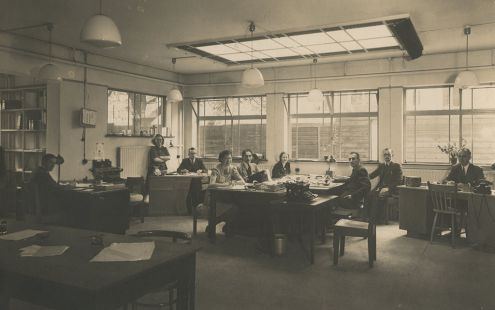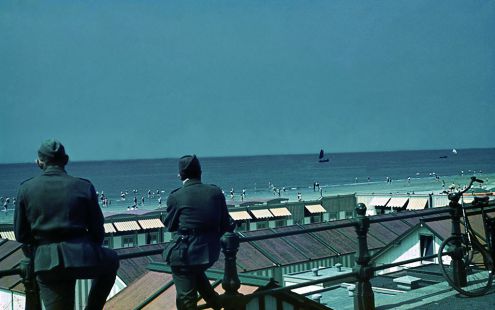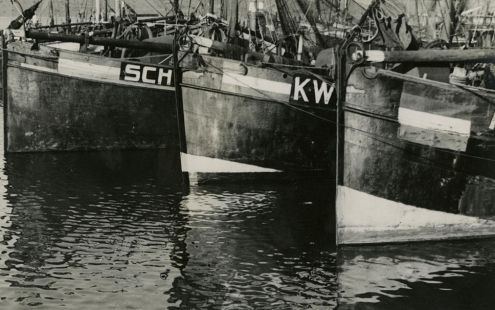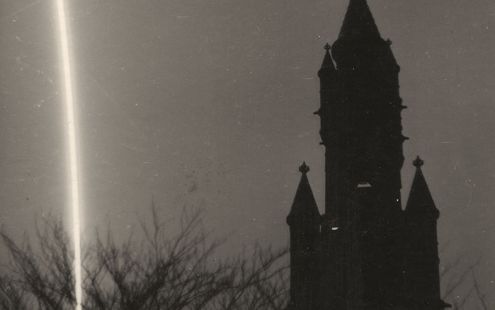The main responsibility for the construction of the Atlantic Wall lay with the German Todt Organisation but most of the …
lees verderStories
The Oostduinpark was the site of the German Marine Seeziel-Batterie Scheveningen Nord:
lees verderFrom D-Day onwards, Allied troops landed on the French coast, breaching the Atlantic Wall. This led to a major reduction of …
lees verderFrom the summer of 1941, Hitler moved ever more troops to fight the Soviet Union on the Eastern Front. At the same time, …
lees verderIn 1944 Nazi Germany hoped to turn the tide of war by introducing a new weapon: the V2 rocket. Mobile rocket launchers were …
lees verderThe Schellart family had a shop selling office supplies and toys in Valeriusstraat (Duinoord). They rented both the shop and …
lees verderBefore the war, a visit to Scheveningen’s original ‘Queen Wilhelmina Pier’ was a popular outing.
lees verderFrom the summer of 1941, Hitler moved ever more troops to fight the Soviet Union on the Eastern Front. At the same time, …
lees verderResistance groups in The Hague experienced great organisational difficulties. As well as being hounded by …
lees verderOn 7 May 1945, architect W.M. Dudok was hired by the municipality to draw up a general plan for the post-war reconstruction …
lees verderEspecially by the final year of the war, everything was in short supply. Adults and even children set out with home-made …
lees verderDuring the Second World War, the Germans built a miniature tracked vehicle capable of carrying enough explosives to blow up …
lees verderThe first evacuations took place in Scheveningen. The operation began with houses near the beach and harbour in June 1942. …
lees verderIt was the Wehrmacht and the Waffen-SS that decided when the evacuation of each section of the city was to start and how …
lees verderThe Reichskommissar (head) of the Nazi-occupied Netherlands between 1940 and 1945 was an Austrian lawyer called Arthur …
lees verderThe city was bisected by a water-filled anti-tank ditch with an open field of fire in the direction of the city centre. To …
lees verderHitler used his best troops to fight in Russia. The Dutch section of the Atlantic Wall was manned by soldiers who were …
lees verderInitially, the militarised zone had twelve gateways and anyone could pass in and out. This changed in September 1943 when …
lees verderScheveningen was largely abandoned. The only civilians allowed to live there, or to enter the area, were those needed to …
lees verderHet verzet in Den Haag had grote moeite om zich goed te organiseren. Naast de felle jacht op verzetsleden door politie en …
lees verderDe Atlantikwall zag er niet overal hetzelfde uit. Hoeveel en welke verdedigingswerken werden aangelegd hing af van het …
lees verderIn the course of 1940/41, the Germans requisitioned all the best boats in the Scheveningen fishing fleet. Only a small …
lees verderThe Peace Palace remained open as a tourist attraction for most of the war but the work of the Permanent Court of Internatio…
lees verderDuring the war, Scheveningen was flanked by two large bunker complexes equipped with anti-aircraft guns and artillery to …
lees verderThe main responsibility for the construction of the Atlantic Wall lay with the German Todt Organisation but most of the …
lees verder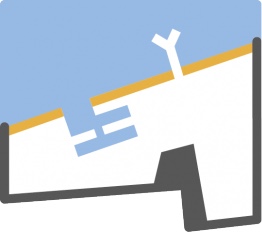 Herinneringsroute Atlantikwall Den Haag
Herinneringsroute Atlantikwall Den Haag
